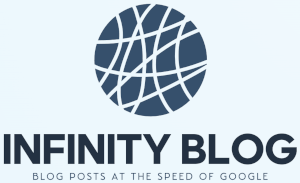
How to Optimize Blog Images and Improve SEO Rankings
Introduction
Optimizing images on your blog is a crucial step to enhance site performance and improve your SEO rankings. Properly optimized images not only load faster but also contribute to better search engine visibility.
Why Image Optimization Matters
Search engines favor websites that provide a good user experience, which includes fast-loading pages. Optimized images reduce page load times and can increase engagement and ranking. Learn more about SEO and site speed.
Best Practices for Image Optimization
- Use Appropriate File Formats: Choose formats like JPEG for photographs and PNG for graphics with transparency.
- Compress Images: Use tools to compress images without losing quality, improving page load time.
- Implement Lazy Loading: Load images only when they are visible to users to speed up initial page load.
- Include Descriptive Alt Text: Use relevant keywords in alt attributes to improve SEO and accessibility.
- Resize Images: Ensure images are scaled properly to their display size.
Tools for Image Optimization
Using tools like TinyPNG or Kraken.io can help you compress and optimize images efficiently.
Conclusion
Optimizing your blog images is a vital component of effective SEO strategies. Implementing best practices will ensure your website loads faster, ranks higher in search results, and offers a better user experience. For more tips on content optimization, check out our content marketing tips.
